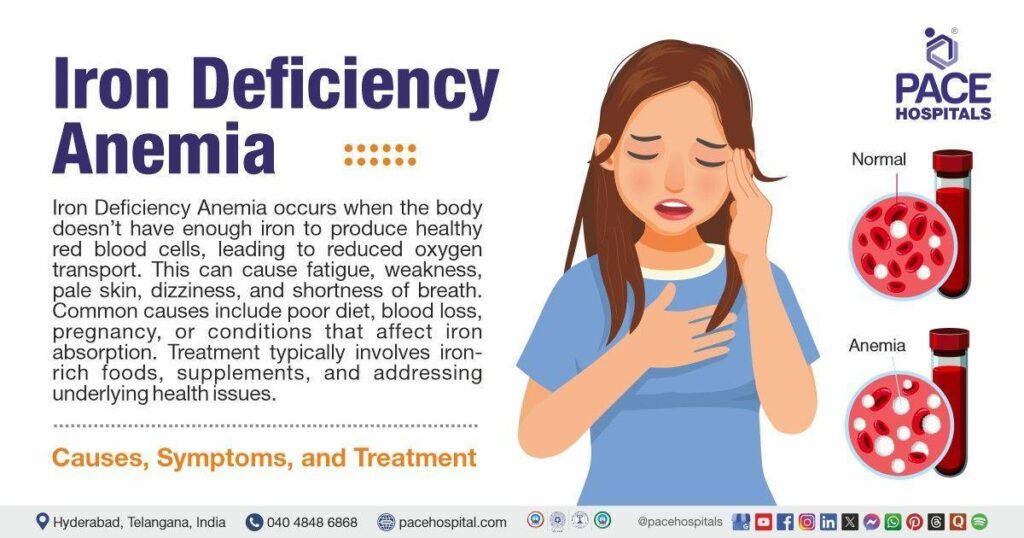A new systematic review published on ScienceDirect.com sheds light on the critical link between iron deficiency, supplementation, and sports performance in female athletes. Iron, a vital mineral responsible for oxygen transport and energy production, plays an essential role in athletic endurance and recovery. However, women athletes are particularly vulnerable to iron deficiency due to factors such as menstruation, dietary restrictions, and intense training schedules. This comprehensive analysis examines existing research to understand how iron supplementation may influence athletic performance and overall health in this demographic, offering valuable insights for athletes, coaches, and healthcare professionals alike.
Understanding Iron Deficiency Risks Unique to Female Athletes
Female athletes face a distinct set of challenges when it comes to maintaining optimal iron levels, largely driven by physiological and lifestyle factors. Menstrual blood loss remains the most significant contributor, leading to greater iron depletion compared to their male counterparts. Additionally, the combination of intense training regimens and dietary restrictions common in many sports can exacerbate iron deficiency risks. Endurance sports, such as long-distance running and cycling, increase the risk further due to repetitive foot strike hemolysis and gastrointestinal blood loss, which depletes iron stores beyond typical dietary absorption rates.
Several key factors uniquely impact iron metabolism and requirements in female athletes:
- Menstrual cycle variations: Fluctuating iron demands and loss throughout the cycle.
- Energy availability: Low caloric intake or restrictive diets limiting iron-rich food consumption.
- Training load: High-volume exercise increasing iron turnover and inflammation effects.
- Gastrointestinal factors: Exercise-induced damage reducing iron absorption efficiency.
| Risk Factor | Impact on Iron Levels | Common in Sports |
|---|---|---|
| Menstrual Blood Loss | High iron depletion | All female athletes |
| Endurance Running | Hemolysis and GI bleeding | Running, Triathlon |
| Restrictive Diets | Reduced iron intake | Gymnastics, Ballet |
| Chronic Inflammation | Impaired iron metabolism | High-intensity training |
The Impact of Iron Supplementation on Athletic Performance
Recent research underscores the significant role that iron supplementation plays in enhancing athletic performance among female athletes, particularly those at risk of iron deficiency. Studies reveal that improved iron status not only elevates energy levels but also boosts aerobic capacity and reduces fatigue, which are critical factors in both endurance and high-intensity sports. The physiological improvements linked to iron repletion include increased hemoglobin concentration, better oxygen transport, and enhanced muscle function-elements that collectively contribute to superior athletic output.
Key benefits observed in athletes supplementing with iron include:
- Enhanced endurance: Longer time to exhaustion during aerobic activities.
- Improved recovery: Reduced muscle soreness and faster restoration of energy stores.
- Cognitive alertness: Better focus and reaction times during competition.
However, experts caution that supplementation must be carefully monitored to avoid side effects such as gastrointestinal distress or iron overload. The following table summarizes performance metrics before and after iron supplementation in select studies:
| Performance Metric | Pre-Supplementation | Post-Supplementation | % Improvement |
|---|---|---|---|
| VO2 Max (mL/kg/min) | 45.2 | 49.8 | 10.2% |
| Time to Exhaustion (minutes) | 28 | 32 | 14.3% |
| Hemoglobin (g/dL) | 12.1 | 13.4 | 10.7% |
Balancing Iron Levels for Optimal Health and Endurance
Maintaining adequate iron levels is crucial for female athletes who want to maximize their endurance and overall athletic performance. Iron plays a vital role in oxygen transportation and energy metabolism, both essential for prolonged physical activity. Without sufficient iron, athletes may experience fatigue, diminished stamina, and slower recovery times. Recent studies emphasize the consequences of iron deficiency, revealing that even subclinical depletion can severely impair aerobic capacity and muscle function.
Effective strategies for balancing iron include a combination of dietary adjustments, supplementation, and careful monitoring. It’s important to note that iron absorption can be influenced by various factors such as the presence of vitamin C or calcium in meals. Female athletes should consider:
- Consuming iron-rich foods: lean meats, spinach, legumes, and fortified cereals
- Timing supplementation: taking iron supplements away from calcium-rich foods or beverages
- Regular blood testing: to prevent iron overload or persistent deficiency
| Parameter | Optimal Range | Effect on Performance | ||||||||||||||||||||
|---|---|---|---|---|---|---|---|---|---|---|---|---|---|---|---|---|---|---|---|---|---|---|
| Serum Ferritin (ng/mL) | 20-50 | Supports endurance and recovery | ||||||||||||||||||||
| Hemoglobin (g/dL) | 12-15.5 | Ensures adequate oxygen transport | ||||||||||||||||||||
|
Maintaining adequate iron levels is crucial for female athletes who want to maximize their endurance and overall athletic performance. Iron plays a vital role in oxygen transportation and energy metabolism, both essential for prolonged physical activity. Without sufficient iron, athletes may experience fatigue, diminished stamina, and slower recovery times. Recent studies emphasize the consequences of iron deficiency, revealing that even subclinical depletion can severely impair aerobic capacity and muscle function. Effective strategies for balancing iron include a combination of dietary adjustments, supplementation, and careful monitoring. It’s important to note that iron absorption can be influenced by various factors such as the presence of vitamin C or calcium in meals. Female athletes should consider:
|





